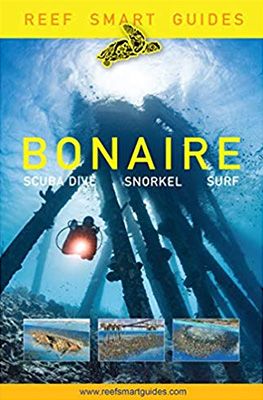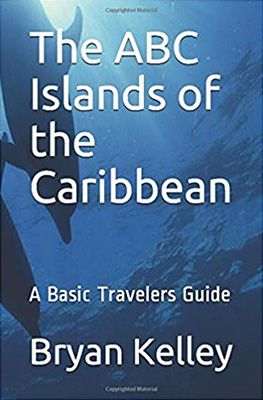After Curaçao, Bonaire is the largest island of the Caribbean Netherlands. Like Aruba and Curaçao, Bonaire has a dry (arid) climate which is reflected in the landscape. In the northwest you will find hills and vegetation, in the southeast it is flat and you will see salt pans.
In our opinion, the biggest attraction of the island is the fantastically beautiful, turquoise sea with very healthy, colourful coral reefs. But the island also has a lot to offer on land. Apart from the beautiful nature in Washington Slagbaai National Park, the island offers sunshine and absolute tranquillity. Although it can be quite busy in the capital Kralendijk!
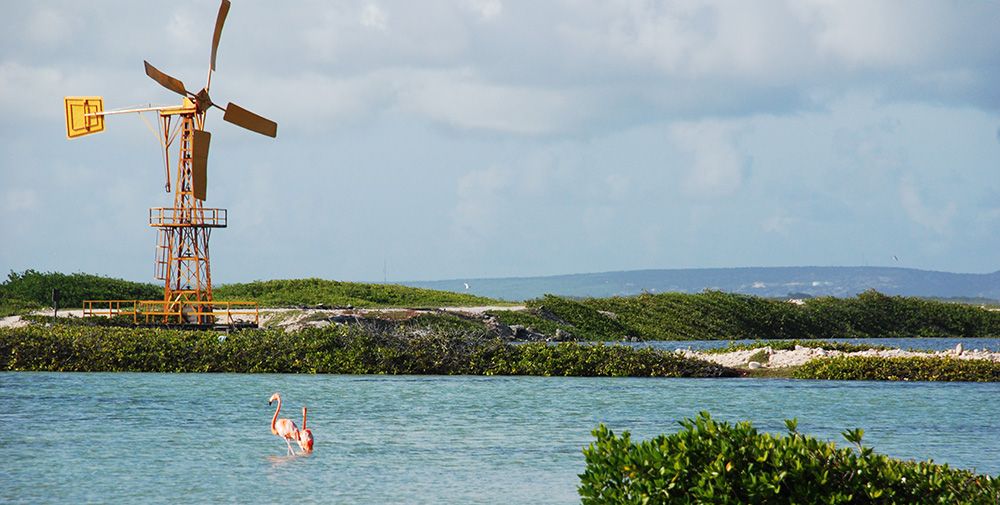
Tourism is one of the most important sources of income on the island. Most of the visitors come there for diving or other forms of water sports such as freediving and (kite)surfing. Bonaire has an international reputation as the best and most comfortable diving destination in the Caribbean because of the many shore diving possibilities. We can only confirm this.
By the way, cruise tourists are the second major source of tourism on the island. Every day, thousands of day trippers moor at the island to provide a lot of income for the island. On Bonaire they are now looking for ways to limit the impact of these tourists on their beautiful nature.
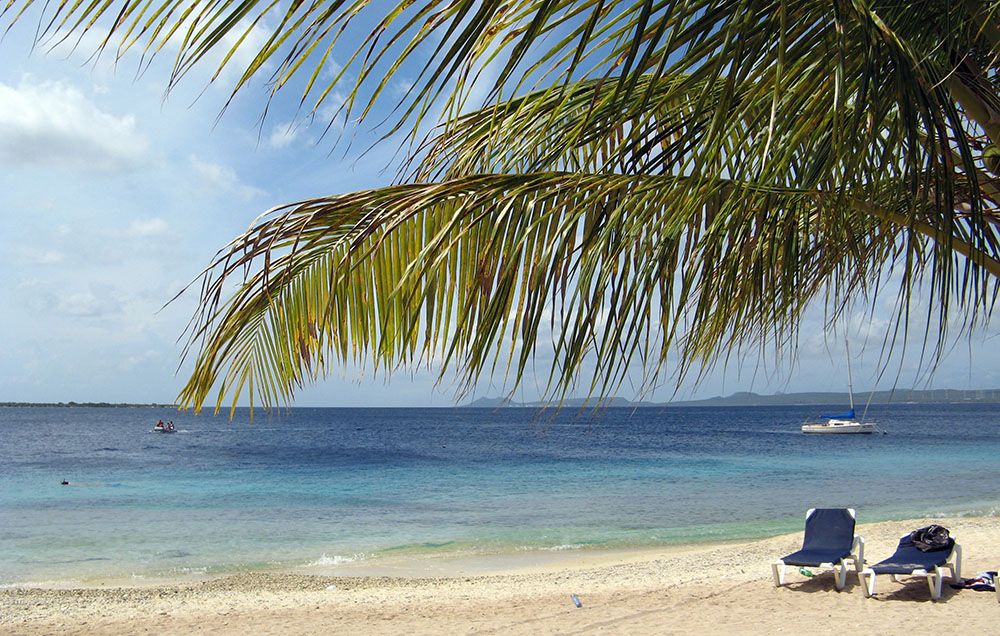
What to see and do in Bonaire
On Bonaire there is surprisingly a lot to do and experience. Emphasis is placed on activities in nature, such as hiking, bird watching, mountain biking and horse riding, and on water sports. We describe some of the many places on the island where we think you should go, as well as some of the activities you should do.
Bonaire National Marine Park
As said before, most tourists come to Bonaire for water sports, such as diving, snorkelling, kitesurfing, windsurfing, kayaking, sailing or just swimming. The whole sea around Bonaire and nearby Klein Bonaire is part of the Bonaire National Marine Park up to a depth of 60 metres. This national park, like the Washington Slagbaai National Park and Lac Bay, is managed by the National Parks Foundation (STINAPA).
As a non-profit organisation, STINAPA manages, maintains, promotes and protects Bonaire’s National Parks. This is financed by the sale of a ‘nature fee’. Every tourist entering the Bonaire National Marine Park has to pay this fee. More information.
In order to limit the impact of divers on the vulnerable underwater world as much as possible, a number of special rules apply in addition to the purchase of the nature fee. For example, you may not touch living or dead corals, sponges, plants or aquatic animals. In addition, you must make an orientation dive under supervision at the dive centre where you purchase the diving package. An unwritten rule is that you only use coral-friendly sunscreen.
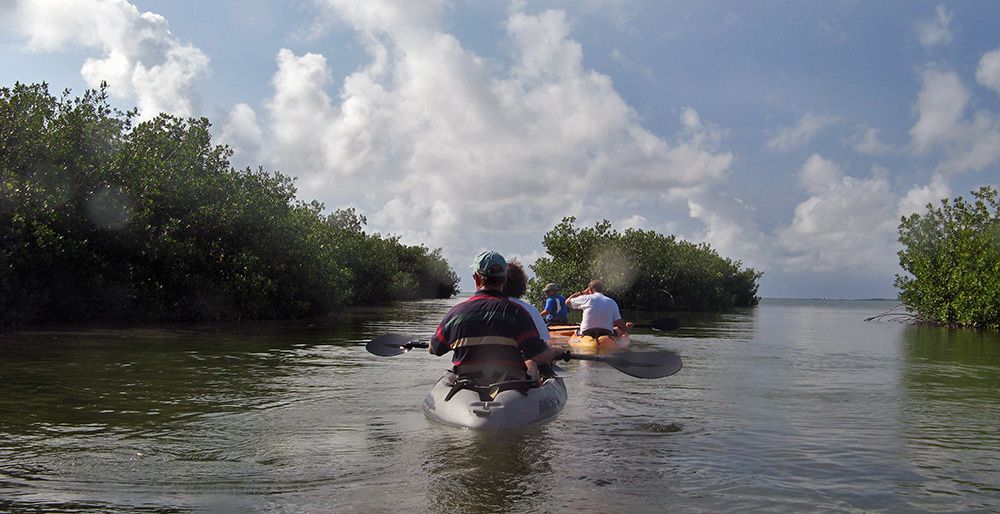
Scuba diving
If you’re considering going on holiday to Bonaire, it’s probably for diving in the Bonaire National Marine Park. There are many dive centres and schools on the island where you can go for a diving course or a diving package.
Such a diving package usually consists of unlimited use of tanks. Because most beautiful dive sites can be reached from the shore, divers usually rent a pick-up with which they can visit all dive sites themselves. Many dive centres cooperate with other centres so that divers can exchange used tanks for full tanks at other dive centres as well.
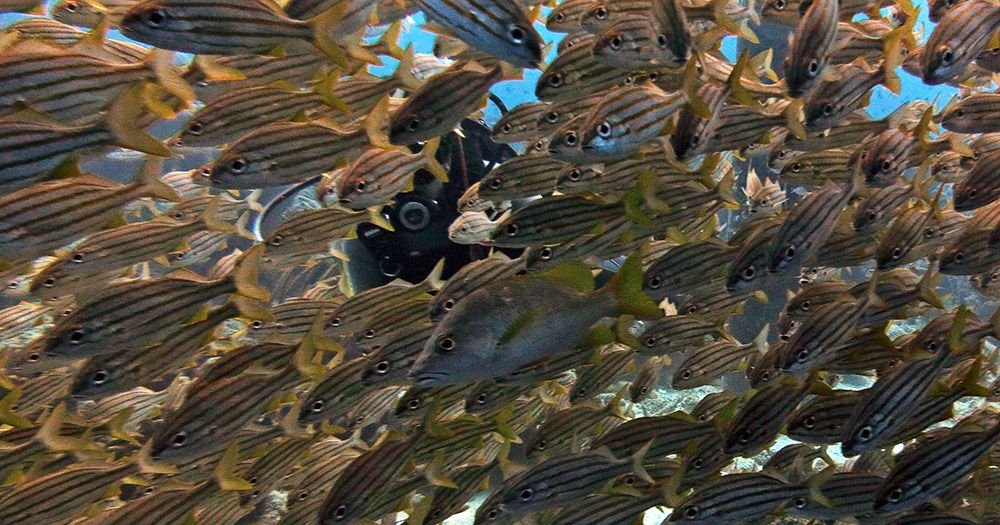
Parts of the Bonaire National Marine Park are temporarily closed to tourists to give the coral time to recover from the negative impact that even a careful, eco-friendly diver has on the underwater world. Dive sites where you can dive are marked by a yellow-painted boulder with the name of the site. You will also find the names of the sites on maps provided by your accommodation or car rental company.
Over the past 25 years, we have visited almost all the dive sites except Klein Bonaire. Although most dive sites still appeal to us, we prefer a select number of them. These are Nukove, the salt pier, the wreck of the Hilma Hooker, Cliff and Small Wall. Nukove in the northwest is quite difficult to find but the quality of the reef and the car ride along the beautiful sea makes up for it. Map and description of dive sites on Bonaire.
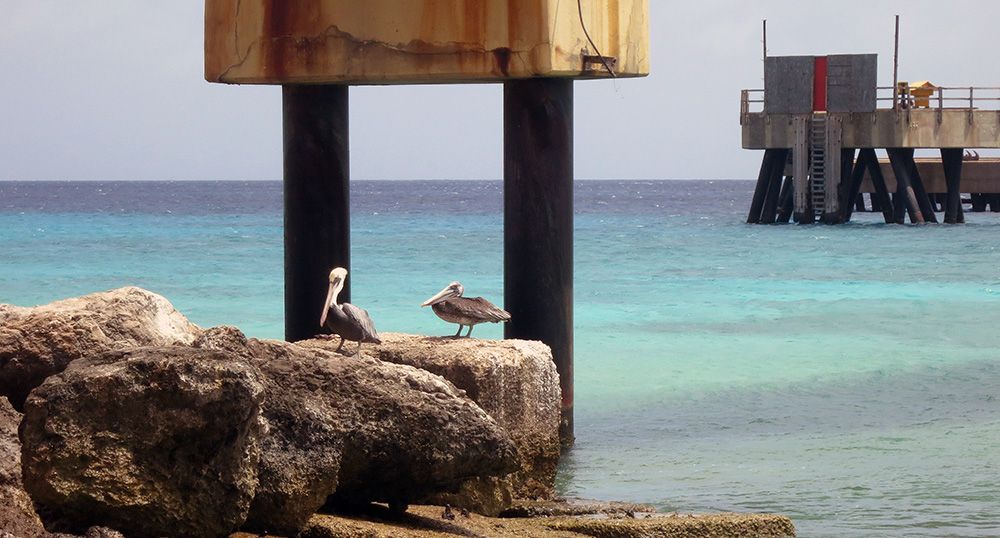
Lac Bay
Lac Bay, managed and protected by STINAPA, is a beautiful, shallow lagoon in the southeast of Bonaire. The 700-hectare area is surrounded by mangroves where you can kayak under supervision. The mangrove forest is the breeding ground and nursery of many bird and reef fish species. It is also the feeding ground for the Green sea turtle.
Besides kayaking through nature, you can also enjoy fantastic windsurfing. The lagoon of Sorobon and Lac Bay offer ideal conditions for both beginners and experienced windsurfers, namely shallow, warm water without (dead) coral on the sandy bottom, and constant onshore trade winds. In addition, thanks to the reef that protects the lagoon, there is very little wave action. The relaxed beach bar where you can read or drink a refreshing beer, under a parasol or not, completes the party as far as we’re concerned.
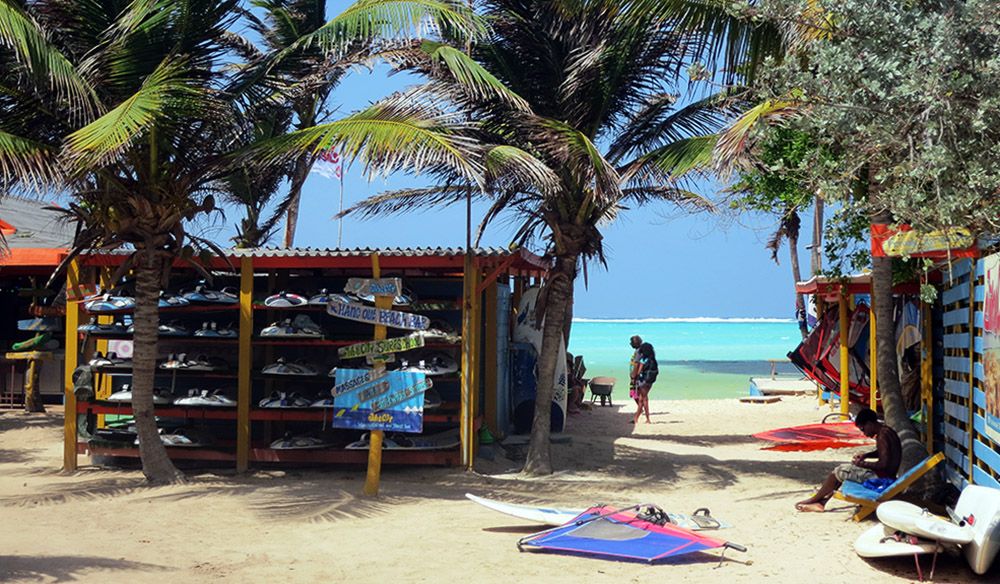
Washington Slagbaai National Park
The 5600-hectare Washington Slagbaai National Park in the northwest of Bonaire is the largest National Park in the Caribbean Netherlands. Although you are actually only going to Bonaire for water sports, in our opinion your holiday is not complete without a visit to this fantastic natural park as well.
In the park you will find mangroves, salt lakes, beaches, sand dunes, forests and hills. The Brandaris is the highest hill on the island with a height of 241 metres. During a walk you get to see many iguanas, parrots, flamingos and parakeets. The beaches in the park are an important breeding ground for all four species of sea turtles in the Caribbean.
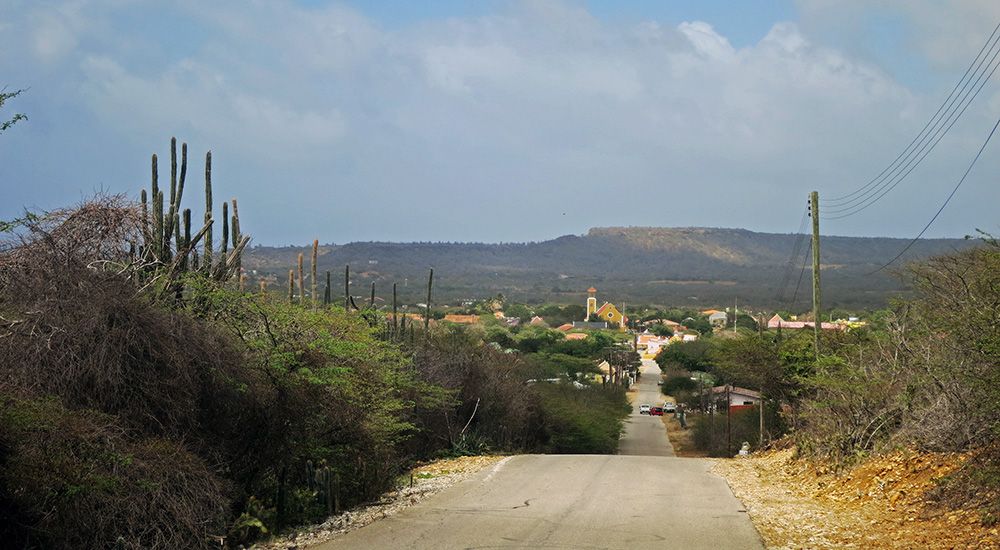
The park is open from 8 am to 5 pm. You may enter the park at the visitors’ centre until 2:30 pm at the latest, so that you can leave the park at 5 pm at the latest. Entrance costs US$45 per calendar year, but if you have already paid the nature fee as a diver, entry to the park is free of charge. At the visitor centre you can get information about the two routes you can take in the park and what there is to see and experience on the routes.
An absolute must is the ascent of the Brandaris but keep in mind that you have to be in good shape for hiking this and preferably early in the morning to start the ascent. The most popular snorkel and dive sites are Wayaka 2 and Boka Slagbaai, where you may see sea turtles.
Although you can enter by bike, we advise you to take the 4×4 because the distances on the unpaved roads are enormous. Also take plenty of drinking water, sunscreen and your swimming, snorkelling or diving gear with you. Read our blog on a voyage of discovery through the Washington Slagbaai National Park.
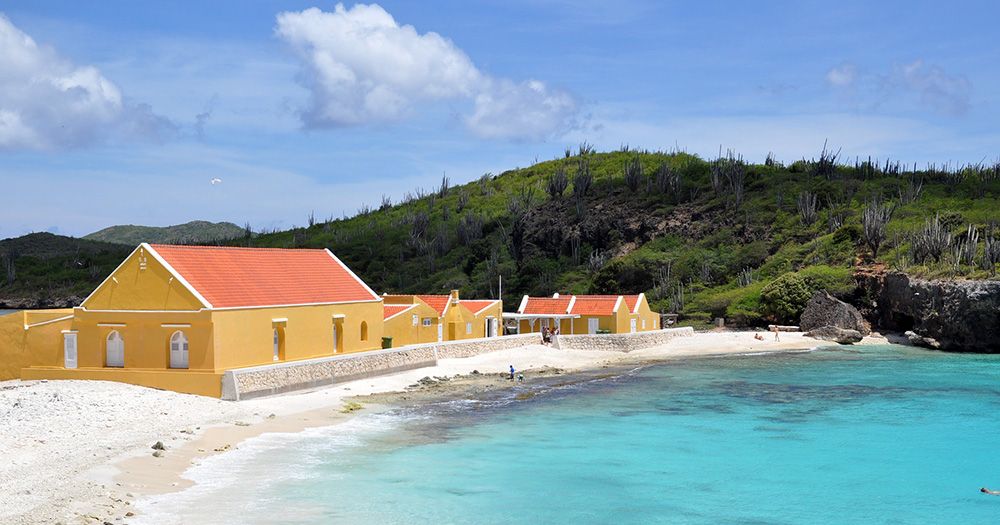
Practical matters for a visit to Bonaire
Moving around on the island
Although Kralendijk is easy to explore on foot, you can’t help but rent a car on Bonaire. This is especially true when you visit the island as a diver. Rent a pick-up with enough space for your tanks and diving equipment. If you are not there as a diver, rent a 4×4 anyway because there are unpaved, bumpy roads, especially in the northwest of the island.
Accommodation in Bonaire
On Bonaire there is quite a lot of accommodation, varying from apartments and villas to (boutique) hotels, resorts and bed & breakfasts. Most accommodation can be found in or just south of Kralendijk. Where we have stayed three times to our full satisfaction was Djambo, a small apartment complex with a lovely swimming pool and a cosy bar where it always seems to be happy hour. For us as divers it is also important that you have a shielded storage and rinsing area for your dive gear. The complex is within walking distance of the centre of Kralendijk.
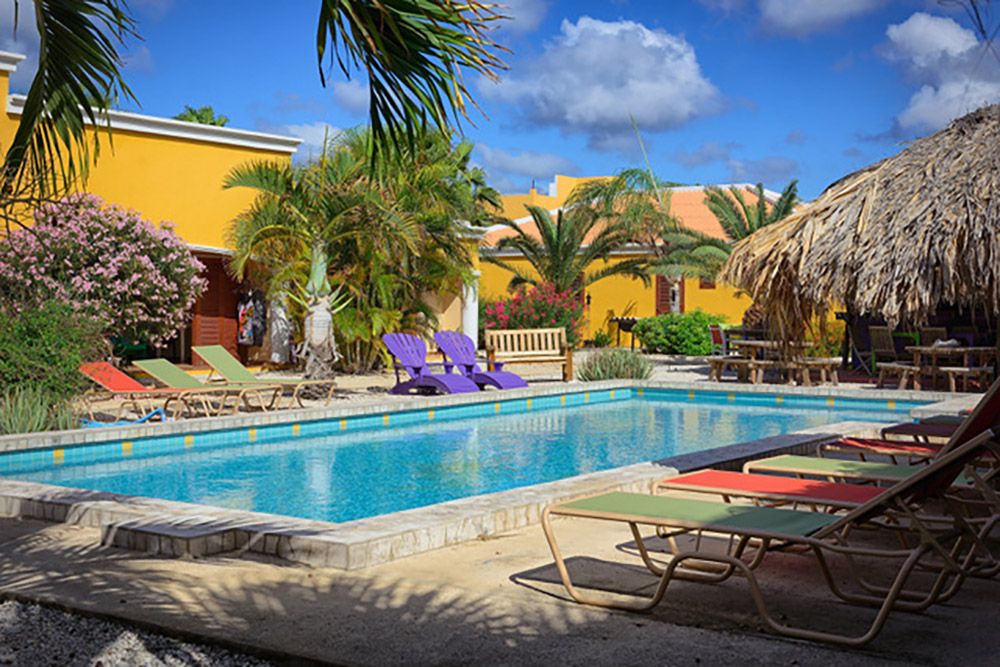
Food and drinks
The price level in Bonaire is slightly higher than in the Netherlands. Because everything has to be imported foodstuffs in particular are (a lot) more expensive. For that reason, we go out for dinner only and have breakfast and lunch at the apartment.
The town of Kralendijk consists of a colourful boulevard with many restaurants and bars. Outside the city there are also many lovely, good restaurants on the island. We find the quality of the restaurants generally better than average to excellent. In general, you will find international cuisine there. If you are looking for more authentic Antillean cuisine (kuminda krioyo) and you are on the island in the right period, visit the Taste of Bonaire event that is organised four times a year by the Tourism Corporation Bonaire. Learn more about Taste of Bonaire.
Maybe you’ve heard of it already but on the Leeward Islands there’s a plague of exotic lionfish. These beautiful fish that have no (or insufficient) natural enemies in the beautiful waters of Bonaire, reproduce faster than the fish stock can handle. In order to combat the plague, a lot of fishing is done. There are now several locations on the island where you can eat lionfish. You even have a mobile hamburger stall that prepares lionfish burgers by the sea.

